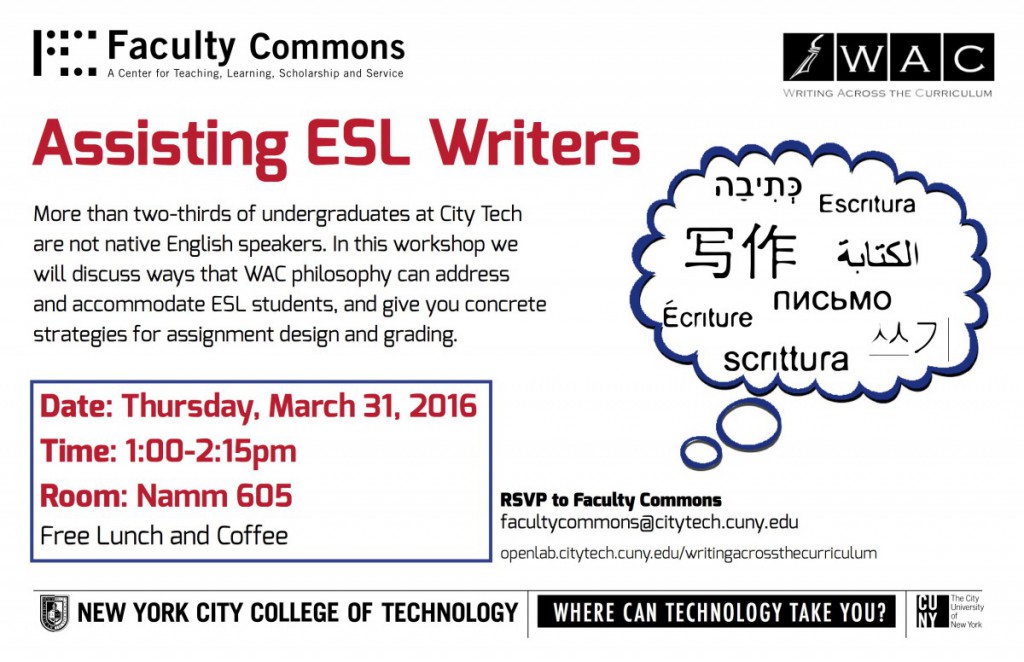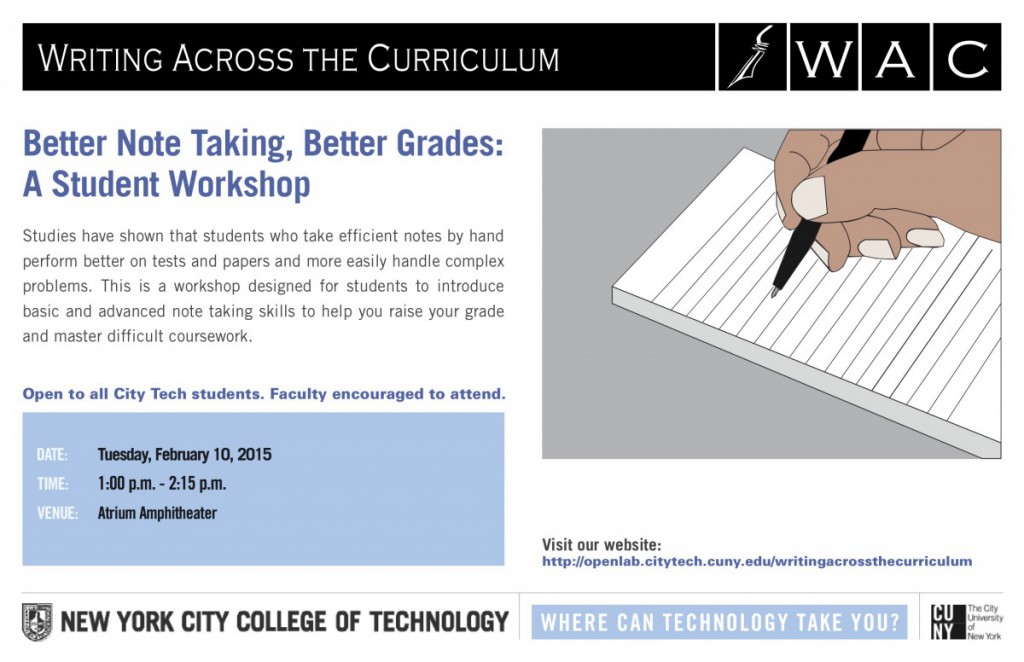Failure and rejection are nothing new to academics. We are constantly pushed to re-assess our research and our teaching to determine what did not work and how we might change our approach to do better the next time. But it’s easy to forget this, in part because of the value that our meritocratic society places on success and the shame often associated with failure. “Failure is not an option” is a phrase that should be taken figuratively as a motivator, not literally as a deterrent. Yet many, in academia and beyond, see failure as a deterring force.
This is part of the reason why I was glad to see so many colleagues sharing this article from last week’s Washington Post. Ignore for a moment the headline, which was likely written to get clicks and not by the author, and its Schadenfreude-laced implication that it “feels good” to read about a successful person’s failures. And while there are huge problems with this sort of article specifically because, as a tenure-track professor at a school like Princeton the author is more secure in airing his failures than would be an adjunct professor scratching to get by, that is not the subject of this post.
The real value in this article, I believe, is that it reminds us that failure is an integral part of the academic process. We are asked to “revise and resubmit” our articles for peer-reviewed journals, we apply for dozens of grants, we apply for dozens of jobs when on the job market. If we’re lucky, we get one of those grants, one of those jobs, that article eventually gets accepted and published. But it’s only through the sometimes painful act of failing that we make our writing better, that our grant proposals become clearer, that we get better at interviewing and writing cover letters.
Which brings me to teaching. At WAC, we encourage faculty to scaffold their assignments, to make assignment prompts clear, to institute peer review, to assign more low-stakes writing, to comment less but with more thought on papers, to integrate active learning activities into the classroom. But what happens when the students’ work doesn’t improve? What happens when we have all these new structures in place but students fail to listen, to pay attention, to turn in those low-stakes assignments? What then?
In short, what do we do when our WAC pedagogy fails?
Recently, I heard an NPR story about grit, the buzzwordy idea that passion and perseverance are needed to attain your goals. Passion does not just mean excitement, it means “continuing engagement with a pursuit.” And perseverance, of course, means sticking with it, even when met with initial failure.
So be passionate about writing pedagogy. We know that it works, we have the research to support this. As teachers, we should continue to think about and foster the writing tools that we have developed. We should understand that the more we try to refine our assignments, the better off our students will be, and the better their writing will be (which, in turn, will make our lives easier come grading time). We should engage with the literature out there: find out if your field has a pedagogy journal (most do, either in print or online), and peruse journals on writing pedagogy such as College Composition and Communication or the WAC Journal.
And persevere. As the end of the semester approaches, consider doing some free-writing yourself about the effectiveness of your assignments this semester. What had the best results? What had the worst results? Why do you think you got the results that you did? Moving forward, tweak your assignments. See the places where your students got tripped up and try to address them at the root of the problem — in the assignment itself, in the structure of the syllabus. Did peer review fail? Perhaps it is an issue with the structure of the peer review, rather than the process itself. Did students fail to hand in scaffolded segments of an assignment on time? Consider incentivizing the work in a different way, or framing the importance of these assignments differently.
To borrow another motivational phrase from the world of sports, “never give up.” Don’t be afraid to fail, embrace it, and use it to improve and ultimately succeed.







